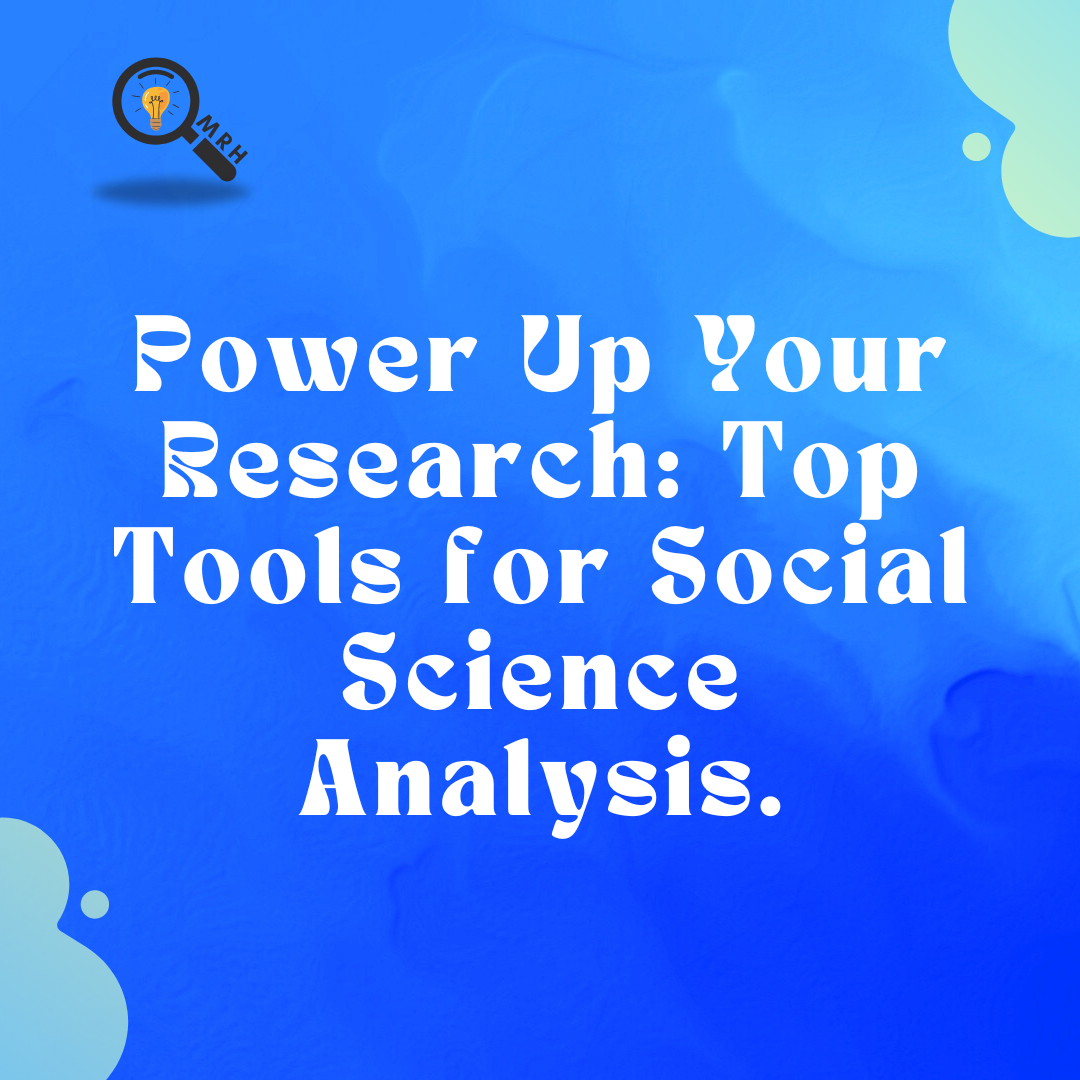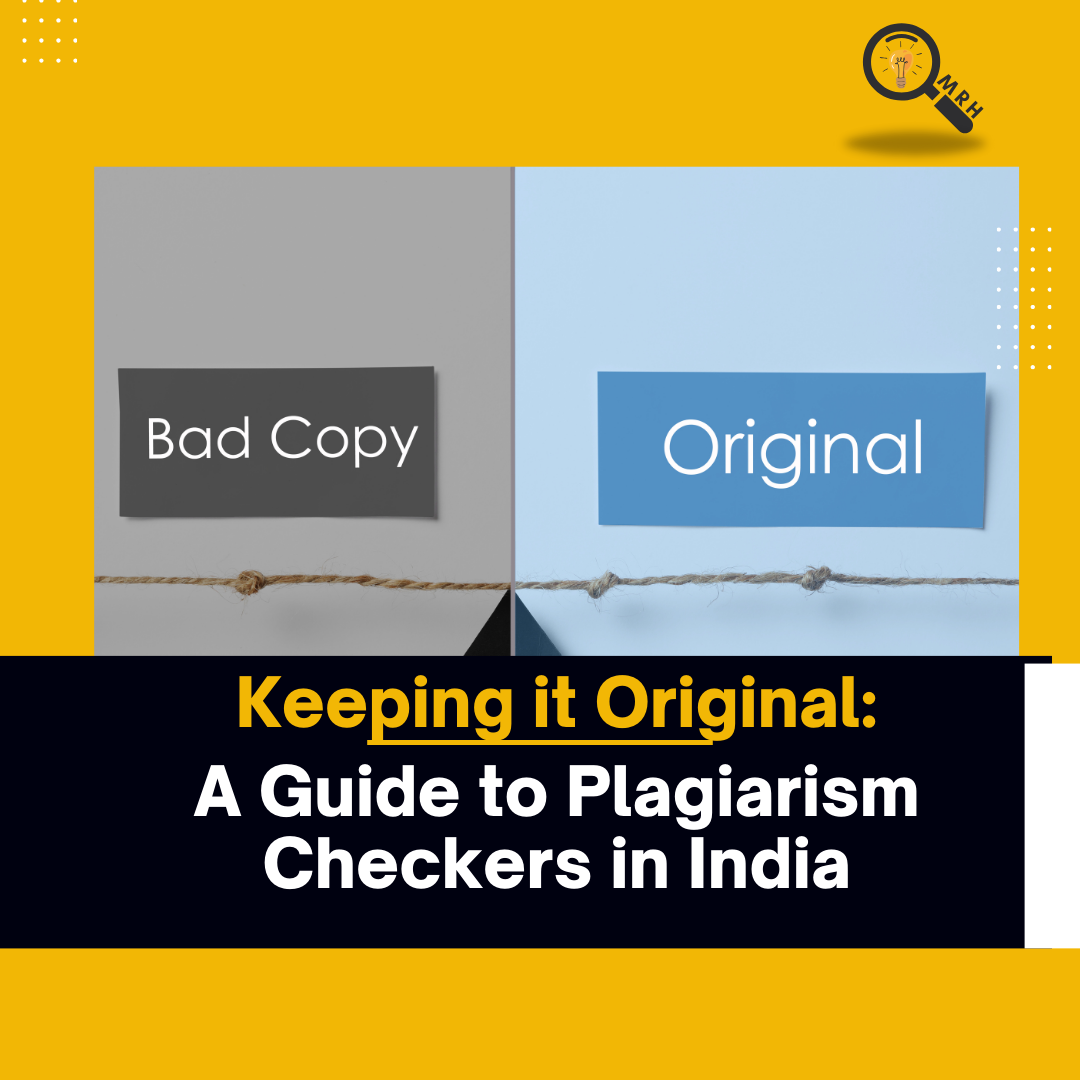Power Up Your Research: Top Tools for Social Science Analysis
The world of social science research is brimming with fascinating questions, but getting the answers requires the right tools to analyse your data. Whether you’re diving into surveys, interview transcripts, or mountains of quantitative data, there’s a software program out there to streamline your analysis and unlock deeper insights. In this blog, we’ll explore some of the most famous research analysis tools in social sciences, highlighting their best features to empower your next project. Conquering Numbers: Quantitative Analysis For researchers working with numerical data, quantitative analysis tools are game-changers. Here are three powerhouses to consider: SPSS (Statistical Package for the Social Sciences): Nicknamed the “Swiss Army Knife” of social science statistics, SPSS boasts a user-friendly interface and a comprehensive toolkit. It tackles large datasets with ease, generating descriptive statistics, charts, and graphs to illuminate patterns and trends. Stata: For those seeking a powerhouse with serious muscle, Stata offers a vast array of statistical methods. From basic regressions to complex modelling, Stata empowers researchers across economics, sociology, and more. R: Free, open-source, and exploding in popularity, R is a programming language that’s rapidly becoming a go-to for statistical analysis. R’s strength lies in its flexibility. Need to clean and manipulate data? Check. Complex statistical modeling? R’s got your back. Plus, its active user community provides a wealth of support. Demystifying Text: Qualitative Analysis When your data comes in the form of words, qualitative analysis tools help you organize, categorize, and extract meaning. Here are three top contenders: NVivo: This software allows you to code, categorize, and analyse textual data with ease. Imagine highlighting key concepts in interview transcripts and then generating reports to see how those themes emerge throughout your data. NVivo can even create visualizations like word clouds to showcase prominent terms. Atlas.ti: Another heavyweight in qualitative analysis, Atlas.ti tackles large volumes of textual data. Its strength lies in its ability to code, annotate, and link ideas across documents, making it ideal for researchers working with extensive interview data or historical documents. MAXQDA: A favourite among education researchers, MAXQDA offers a comprehensive set of features for coding, analyzing, and visualizing textual data. Its intuitive interface makes it user-friendly for researchers of all experience levels. Choosing the Right Tool The perfect research analysis tool depends on your specific research question and data type. Here’s a quick cheat sheet: Quantitative Data? Consider SPSS’s user-friendliness, Stata’s power, or R’s flexibility. Textual Data? Explore NVivo’s intuitive coding, Atlas.ti’s capacity for large datasets, or MAXQDA’s education-focused features. Remember, these are just a few of the many research analysis tools available. Do your research to find the software that best complements your project and helps you turn your data into ground-breaking discoveries. Happy analysing!



